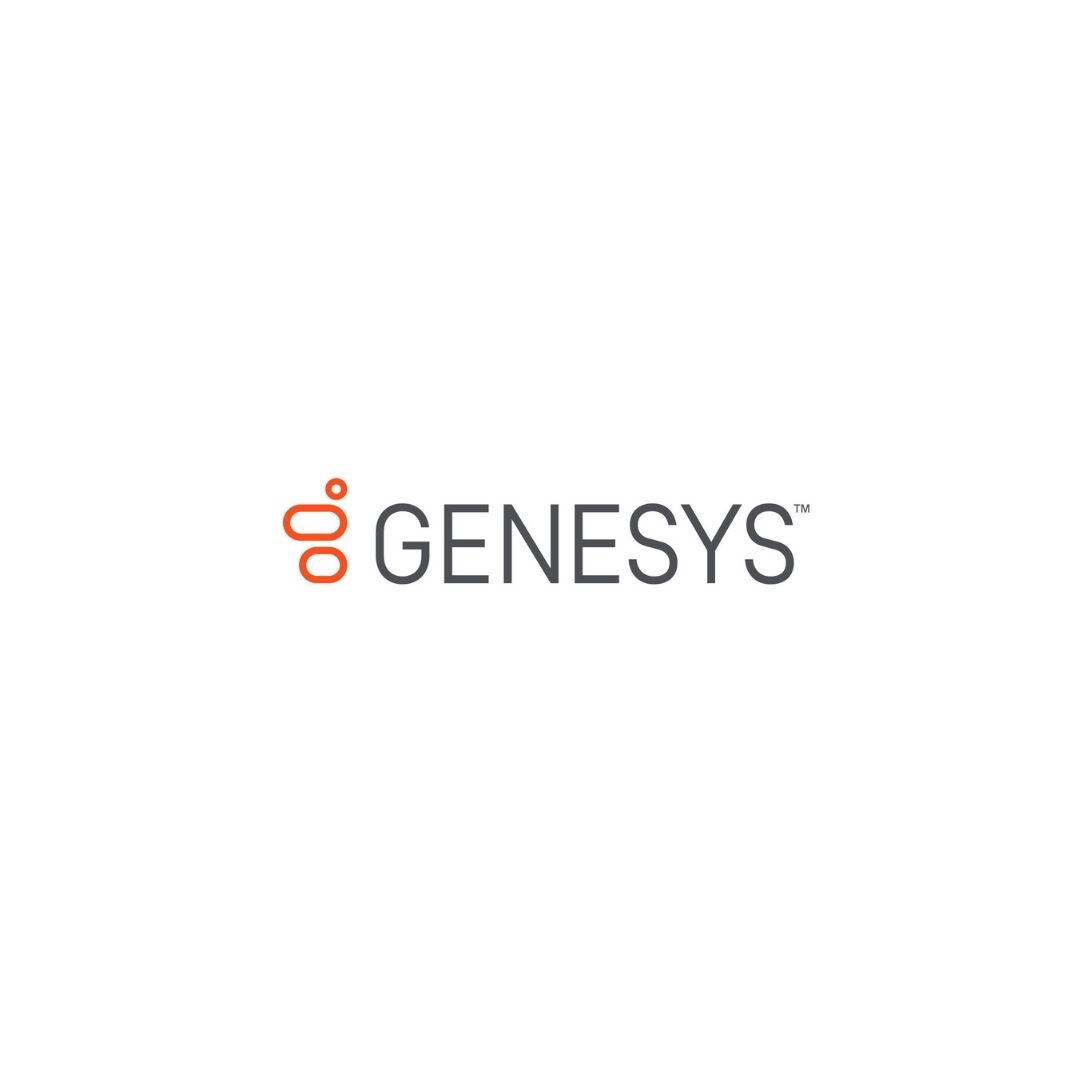A new study released today from Harvard Business Review Analytic Services, in association with Genesys®, a global cloud leader in customer experience orchestration, reveals the strategies of organizations setting the standard for customer experience (CX) measurement and understanding where loyalty is lost and won along the customer journey. These organizations demonstrate that a clear view into the moments that matter most to customers is now possible through a technology-enabled, people-centric measurement approach. Companies implementing this strategy will be better informed to take action to improve overall experiences and drive customer loyalty.
In contrast, companies stuck in a company-centric approach focused primarily on traditional metrics like Net Promoter Scores (NPS) will struggle to deliver great customer experiences and find themselves at a competitive disadvantage that could disrupt their success indefinitely.
For nearly two decades, NPS has been widely viewed as the defining metric for measuring customer experience. Yet, NPS and other measurements typically happen after a customer transaction, such as the close of a sale or at the end of a service call. And they mostly focus on the efficiency and effectiveness of the business, rather than the quality of the customer experience. This limits opportunities to understand nuances of a customer’s holistic experience, including their preferences, priorities and friction points.
According to the study, 81% of organizations believe being able to measure CX along key points of the customer journey is important to their organization’s business strategy. Instead of relying on tools that provide limited visibility, leading organizations are turning to advances in data analytics and machine learning to measure earlier and throughout the customer journey — equipping them with insights needed to create more fluid experiences for customers.
“While NPS can provide a valuable snapshot into the customer experience, today’s technology provides opportunity for a deeper understanding of which aspects of an experience enhance or limit long-term relationships between customers and businesses,” said Peter Graf, Chief Strategy Officer at Genesys. “That’s why Genesys is pioneering new ways for organizations to understand what their customers are trying to tell them about their experiences through the data they leave along their entire journey. It is those insights that organizations can leverage to action the path to creating empathetic experiences that breed trust, loyalty and, ultimately, a competitive advantage.”
Technology and data analytics tools are quickly advancing measurement capabilities, enabling organizations to understand experiences at key moments in the journey. To access these valuable learnings, more organizations are adopting these tools; 54% of organizations are moving to digital technology to automate efforts to collect customer feedback over the past 18 months, according to the study.
Leaders in measuring CX are the most likely to use the newest technologies like predictive analytics and artificial intelligence (AI) to track metrics and identify actionable insights. And these strategies are paying off — 65% were more adept in linking CX metrics directly to business outcomes than those in the middle of the pack (29%) and laggards (8%). Technology’s ability to help companies identify pain points along the customer experience greatly expands the opportunity to make each experience more fluid while improving customer satisfaction and building loyalty.
Highlighted Study Findings:
- More robust measurement strategies are driving better customer experiences. Ninety-one percent of organizations using a wider range of metrics and technologies to measure the customer experience are driving better CX today than a few years ago. Only 39% of those with the most limited strategies and tools have seen similar results.
- The majority of organizations face unnecessary blind spots in the customer experience. Only 28% of organizations say they have a very good understanding of customer experience sentiment across all phases of the customer journey. Notably, a third responded to a lack of understanding of customer satisfaction in the critical pre-sale phase of the journey.
- Improving the customer experience is a priority and budgets are reflective. Sixty-five percent of executives included in the study shared that improving the customer experience is a high priority for their organizations; 58% of organizations are increasing budgets for CX measurement to drive better results.
- Organizations are slow to embrace AI and predictive analytics as measurement options. Despite advancements these technologies provide, such as detailed insights into employee-customer interactions, real-time sentiment analysis and insights into customer intent, they’ve yet to be widely adopted. More than 80% of organizations haven’t added these powerful technologies to their measurement toolkits, leaving vast opportunity undiscovered for driving desired business outcomes.


